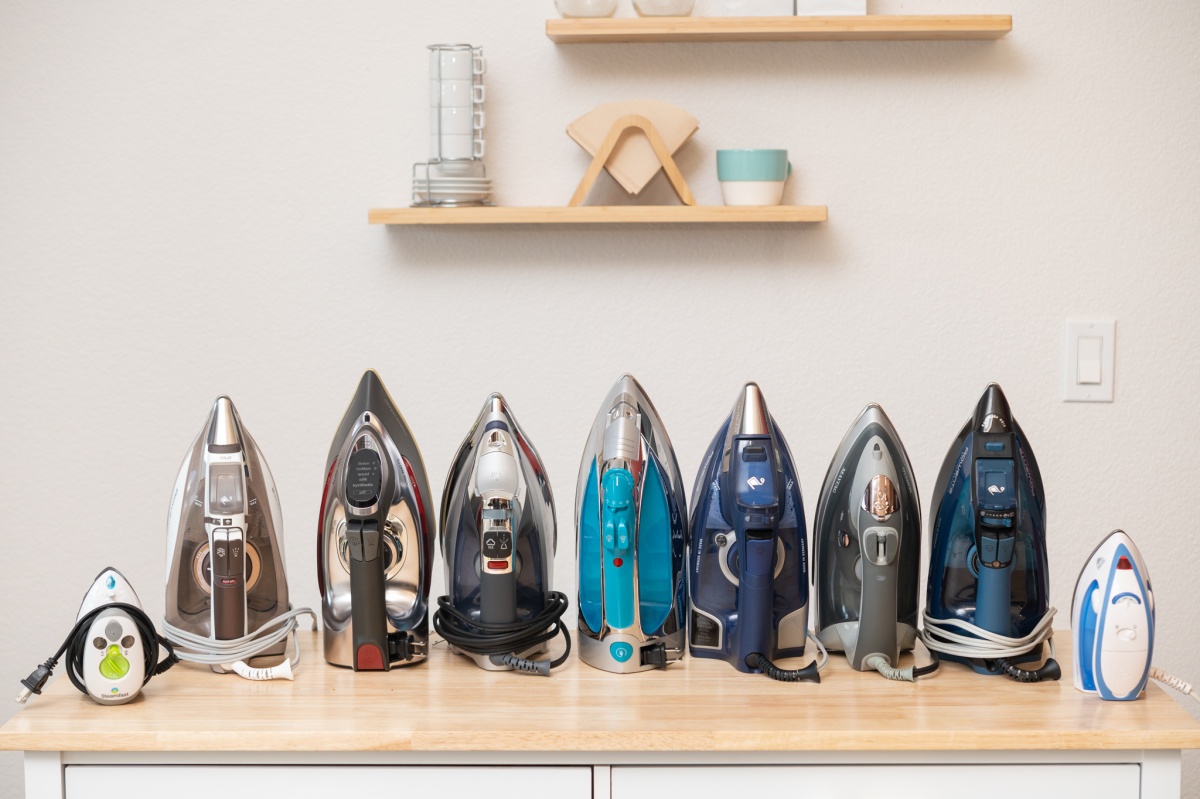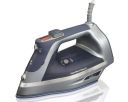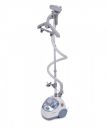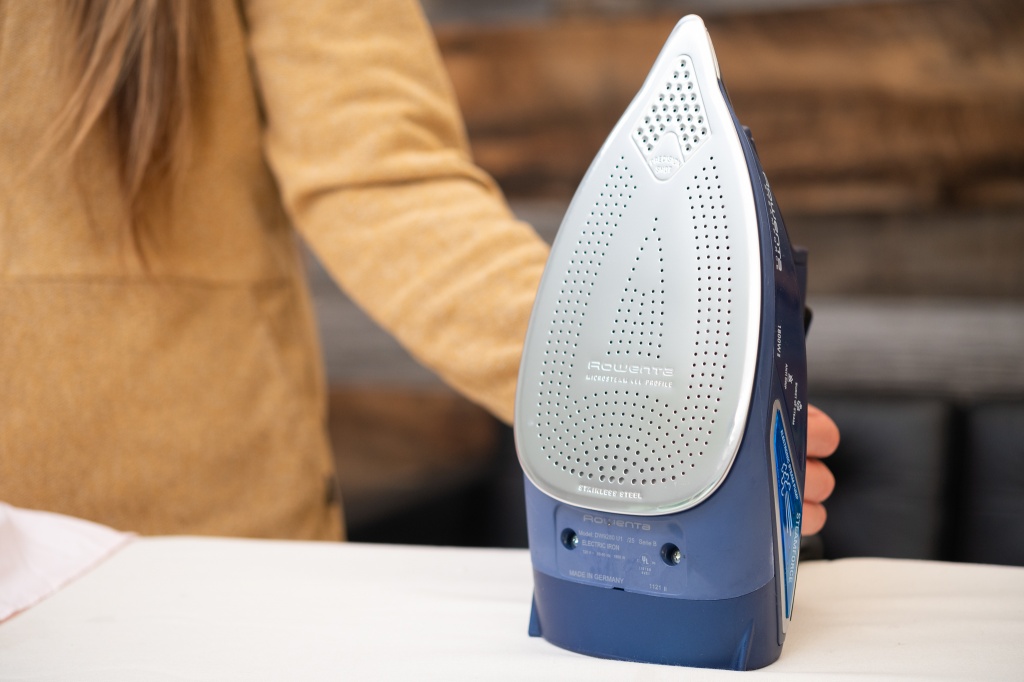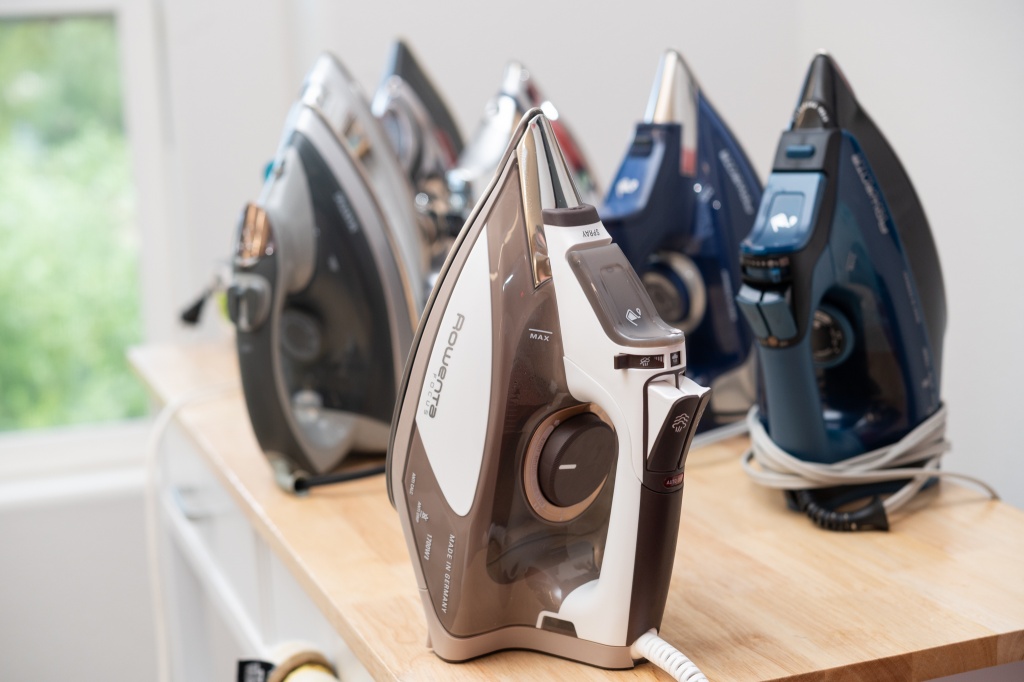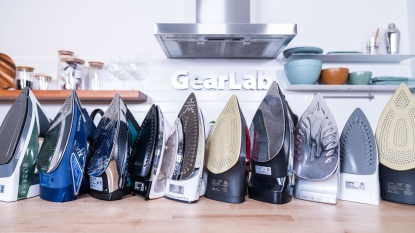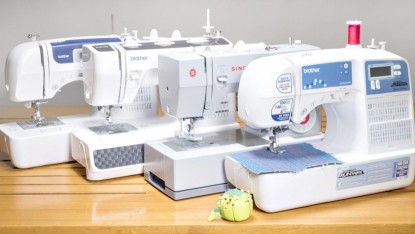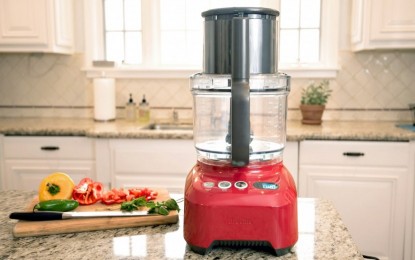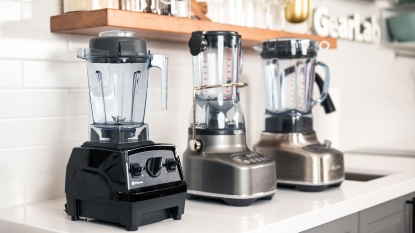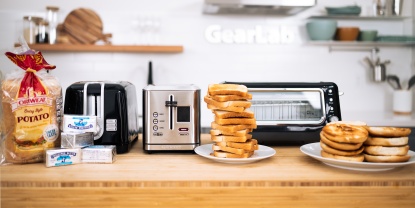The little things count when you're on the hunt for the best clothes iron. If you think all you need is a hot piece of metal with steam holes and a handle, think again. Overall performance is similar among models, so details can often make or break your ironing experience. This is the lesson we learned as we performed side-by-side testing on some of the most popular traditional irons on the market. By "traditional," we mean irons that plug into the wall. Some battery-powered irons are available, but they are generally too heavy, too short on power, and lack the features that plug-in irons have. For this reason, we left them out of our review.
Choosing the Right Iron
Step 1: What Are Your Ironing Preferences?
As a regular household chore, nearly everybody has an aspect of ironing that they genuinely dislike. It can be helpful to consider what this is for you before honing in on your final choice. If, for example, you get impatient when weaving through the tight spaces between buttons and working on collars, look for a model that offers a skinny nose to make getting into those tight spaces more accessible. If you have a small or awkwardly shaped sink, look at how big the opening for refilling the water tank is. Many models make this step easier by providing a wider opening or a built-in funnel. Cord length is another consideration. Think about where you plan to iron and where your outlet is, and then research the cord length of your preferred models. While this may seem minor, no one has a good time trying to iron with a too-short cord.
Step 2: No Such Thing as Too Much Power
Having an extra oomph of steam can make ironing much more pleasant — dealing with stubborn wrinkles will be much easier and more satisfying. Powerful models are available even at low prices, so there is no reason to settle for a model that puts out less than 20 g/min of steam unless you're considering a petite travel-sized model.
Step 3: Consider Ease of Use
Intuitive interfaces and thoughtful, user-friendly features will also help make your ironing experience more pleasant. Before deciding what to buy, take a look at all the settings we break down in our comparative review of the top clothing irons. Consider things like where the buttons are in regards to which hand you iron with, the shape of the nose, the cord length, and whether the cord wraps or is retractable for storage.
Step 4: Make Sure It Has the Essentials
There are several features you will likely want your iron to have. We looked for these features when dialing in our selection of what to review and suggest that you do the same, no matter what model you decide to buy:
- An auto shut-off feature
- A burst of steam functions to power through stubborn wrinkles (this can also function as a self-cleaning system to remove mineral buildup)
- Multiple temperature settings (ideally marked by fabric type)
Types of Steam Irons
Several different devices produce steam to flatten clothing. Most people will prefer the traditional models covered in this review. However, specialized machines to suit particular needs also exist. Here are the main types of steam machines:
Traditional Steam Iron
Steam Generating Irons
Garment Steamers
Soleplate Material
You can't go wrong with stainless steel, but there are other materials some people prefer.
Stainless Steel
Stainless steel dominates the market, and our testing indicated there is a good reason for that. It usually offers superior glide and allows for more steam holes, which translates to more wrinkle-crushing power. Most of the models we tested were stainless steel because it occupies such a large part of the market. Stainless also heats up fast, is easy to clean, and is durable. The only possible downsides are that it can melt some logos when on a higher setting, and it's not immune to static buildup. However, we did not encounter either of these issues in our testing. Some manufacturers advertise chromium soleplates, which usually means a stainless-steel base with chromium treatment.
Ceramic
Some purists believe that ceramic is the best soleplate material because it offers very even heat and is resistant to static buildup. However, ceramic coatings tend to be less durable and can wear away over time. Ceramic soleplates are also less commonly sold in the United States.
Nonstick
Nonstick is a catchall term for a soleplate made from various materials, which vary among manufacturers. Some soleplate materials are advertised as non-stick ceramic blends. We found these materials to perform decently, but stainless was still slightly better overall.
Correct Technique Makes All the Difference
Buying a good iron is important, but how you iron will ultimately impact the finished product more than which model you use.
Read the Manual
Most people hate to read manuals, but it really can be useful in this case. Every iron is slightly different in design and thus has its little quirks and tricks for optimizing performance. Chances are, the engineers that designed your iron wrote all of its idiosyncrasies down in the manual. Give it a quick read; you might learn something really useful.
Know the Fabric
Apart from knowing your iron, you'll want to know about the fabrics you're ironing. Most irons have temperature settings labeled by fabric type, so selecting the correct temperature is pretty easy. However, different fabrics respond better to different ironing techniques. For example, silk and satin yield better results when the garment is turned inside out, and things that contain rayon tend to stretch, so you'll want to iron in short, quick passes. Expensive garments may have their own very specific care instructions. Make sure you know what your clothes are made of and how best to iron those specific fabrics.
Patience Is a Virtue: How to Prevent Leakage
A common complaint about irons has been that water leaks from the steam holes. The only times that we had issues with leakage were when we were in a rush and used a less-than-optimal ironing technique. For example, quickly flipping the iron from a vertical to a horizontal position often caused small amounts of water to leak from the steam holes. When handling the irons more gingerly and carefully — the prudent practice with an item that produces temperatures above 400˚F — we never experienced leakage.
Also, we produced some leaks when using the "burst of steam"' function with the irons on a low-temperature setting or before they could heat up fully. Again, this resulted from trying to cut corners and iron too quickly. Garments that require lower ironing temperatures will not benefit from "burst of steam" functions. And using your iron before it has gotten up to temperature will inevitably yield poor results or require more passes to get all the wrinkles flattened out. None of the irons we tested leaked when used properly, and all of them leaked when used improperly.
A Good Board Goes a Long Way
Using an ironing board may seem like a no-brainer, but some people lay a towel on their table and iron on top of that. This technically works, but it will be much more difficult, less effective, and more dangerous than ironing on a dedicated ironing board. Ironing boards are flame retardant, which ups the safety factor and allows steam to pass through the garment and not condense and pool on the underside, as would be the case with a towel. If you iron frequently enough to buy a steam iron, an ironing board is a worthwhile and necessary additional investment.

